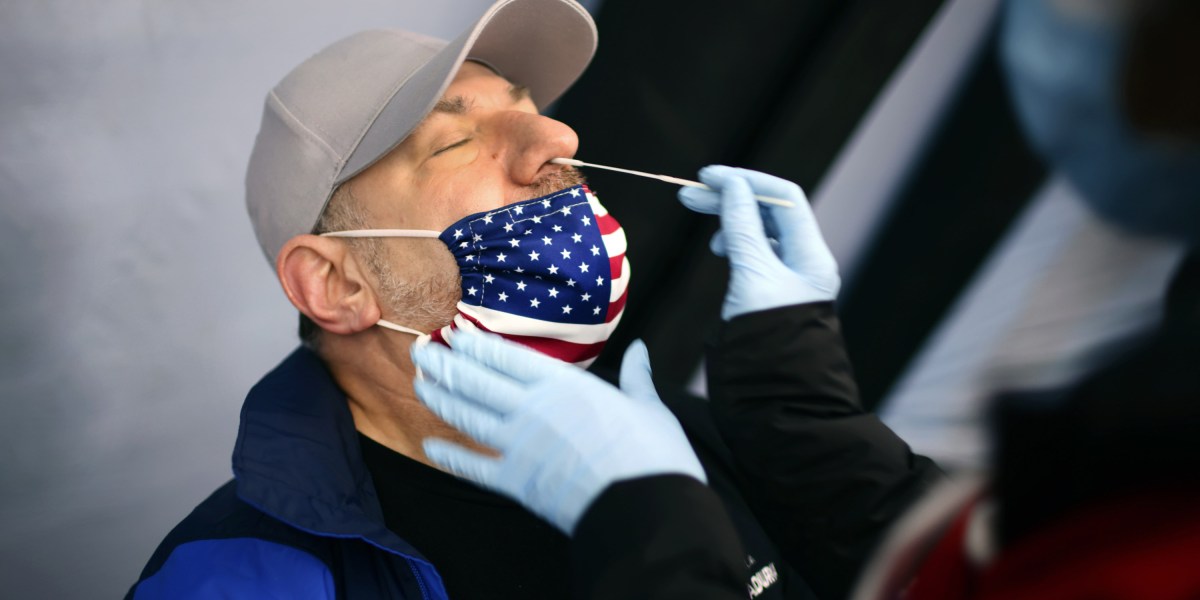We may have only weeks to act before a variant coronavirus dominates the US

Such data is coming into view already. Researchers at the Serum Institute in Denmark, for example, said on Saturday, January 9, that the variant has been doubling as a percentage of cases every week in that country. It now accounts for 0.9% of cases there, and Danish researchers predict it could become the dominant form by February.
“Preliminary data from Denmark also indicate that the growth rate for this variant is 70% higher than for other variants,” the institute said.
The variant virus is detected via genome sequencing: diagnostic test swabs are subjected to a detailed analysis that reads out the complete genetic sequence of the virus, revealing what mutations it has.
At Helix in San Mateo, California, a large lab funded by the US to run diagnostic tests for covid-19, researchers also began looking for the variant in December and have identified most of the cases reported to the CDC. Nationally, the company estimates, 0.3% of cases are the B117 strain.
Although that percentage remains small, if the doubling trend from Europe holds, the variant could account for most cases in the US by mid-March. However, groups involved in modeling the pandemic said they are still unable to project the spread of the new variant in the US, or how it will affect the burden of cases.
“With not a lot more than anecdotal evidence of cases of the new variant being detected and no systematic testing for the new variant in the US, it would be exceedingly hard to do any modeling of the current and potential future spread,” says Theo Vos, a professor of health metrics sciences at the University of Washington. He says higher transmissibility “would lead to the expectation that it can eventually become the dominant strain, but when and where is highly uncertain for the moment.”
Lack of surveillance
Even as new variants threaten to emerge, the US still lacks the ability to adequately monitor changes to the virus, according to James Lu, cofounder and president of the Helix lab. He says the US as a whole has been sequencing about 300 to 400 virus samples a day but needs to sequence around 7,000 each day (or 5% of all tests) to get an accurate picture of what variations of the virus are spreading.
The UK strain isn’t the only one worrying researchers. Additional variants with overlapping constellations of genetic changes have been seen in South Africa and Brazil, leading scientists to conclude that the germ is adapting and raising concerns over what the changes signify.
By comparison with other advanced countries, the US sequences a much smaller proportion of cases. According to the Washington Post, the country is sequencing one in every 300, compared with about 60% in Australia, 12% in Denmark, and 7.5% in the United Kingdom.
